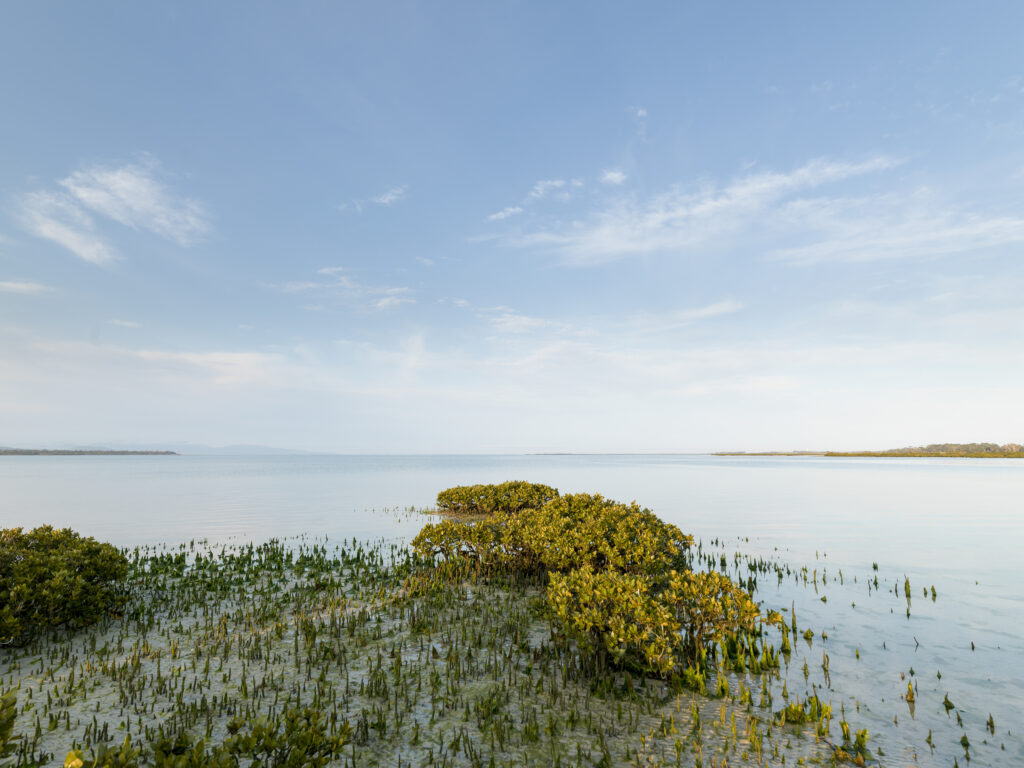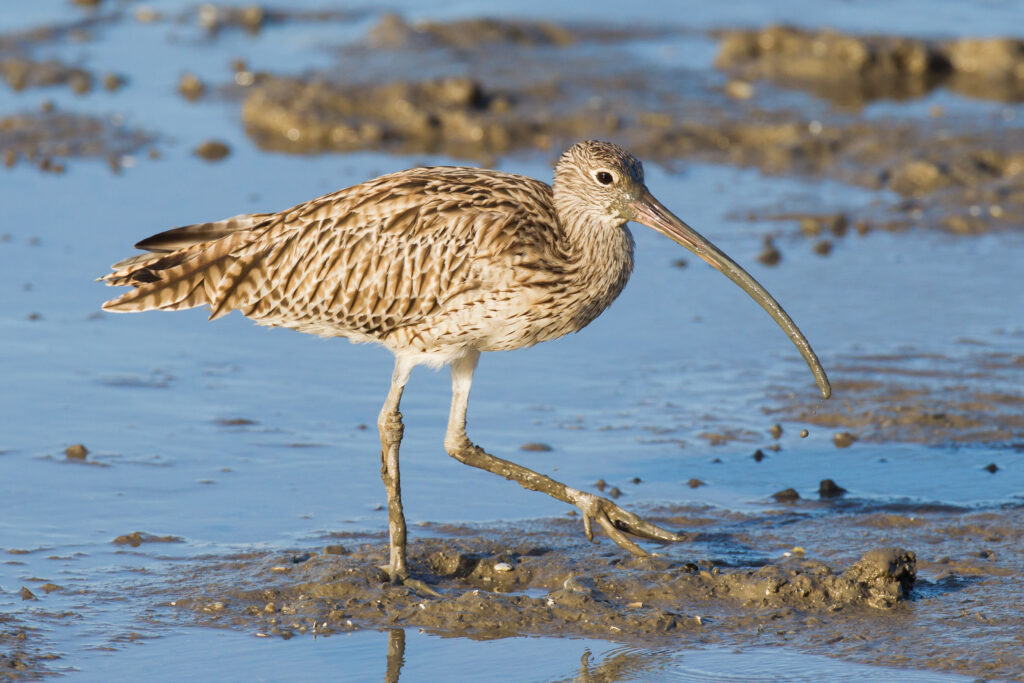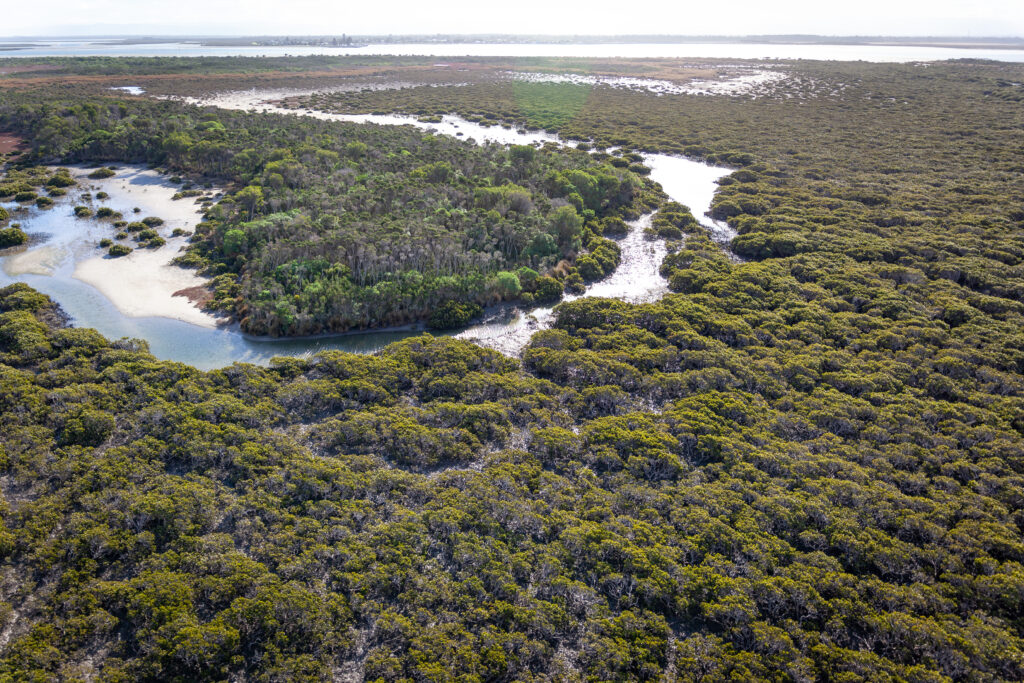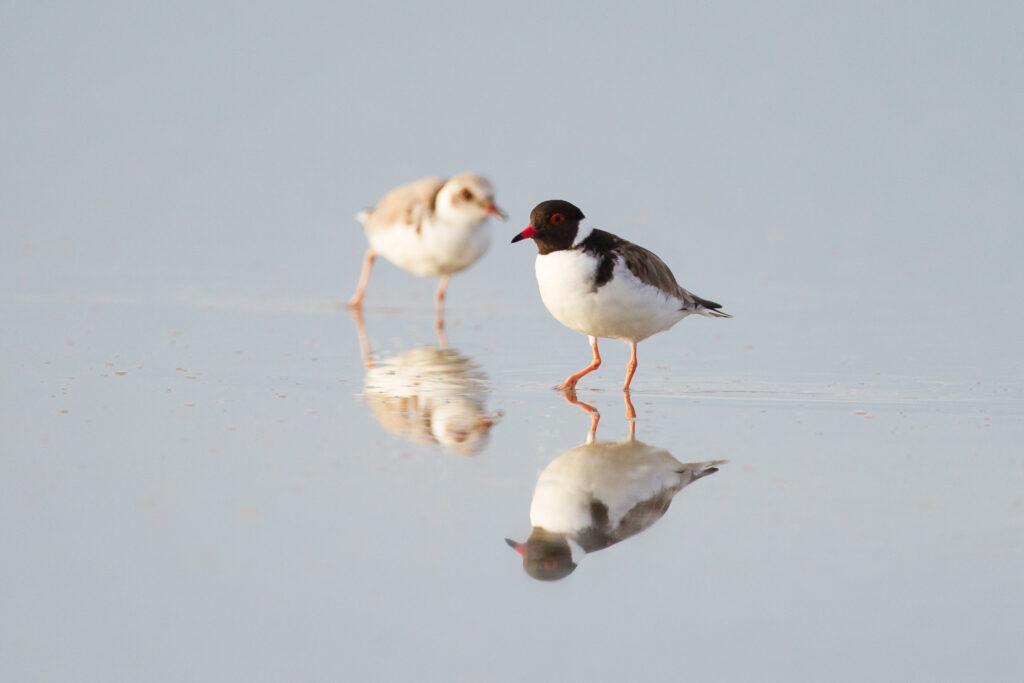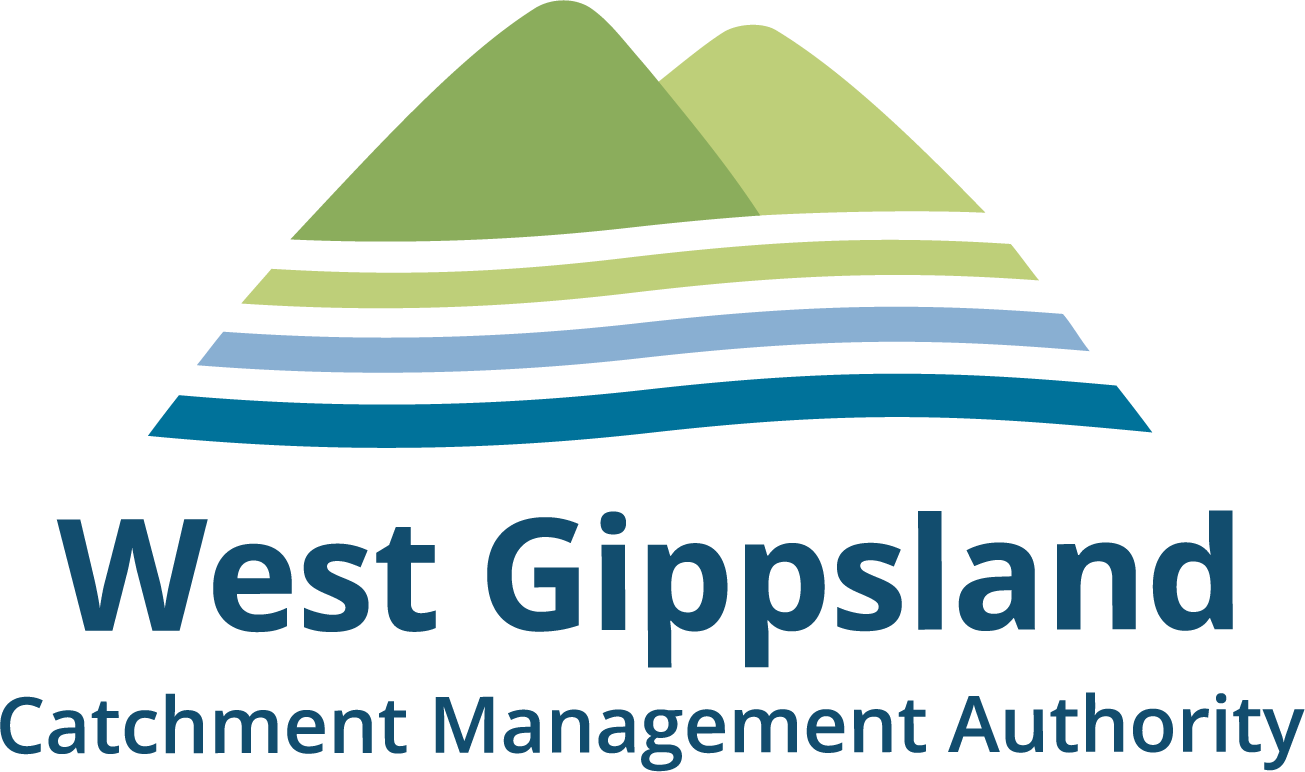Chasing foxes and dreams for a healthy Corner Inlet
Capturing an elusive fox on Dream Island, tackling weed infestations and keeping watch over threatened beach nesting birds are just some events in the compelling story of the past year of Gippsland Catchment Management Authority’s (CMA) Corner Inlet Connections project.
“It’s been another successful year of dedicated work in the Corner Inlet Ramsar site where, for nearly two decades, we’ve been working with partners and community to protect the inlet’s significant natural values,” said Tanya Cowell, Waterways Officer for West Gippsland CMA.
“We’re pleased to share what’s been achieved in partnership with Parks Victoria, Trust for Nature, Birdlife Australia and specialist contractors,” said Tanya.
“Every effort is an important step towards our shared goal of a healthy and resilient inlet that we can all enjoy – whether you are a fisher, farmer, birdwatcher, walker or boater. We all love the inlet in our own special way and want it cared for.”
A huge effort was in tackling Spartina infestations across the entire Ramsar site to protect habitat. The weed was treated in summer and autumn by ground and air. The coordinated approach with Parks Victoria saw remote and previously inaccessible areas that flow into the Marine Park treated. Long term monitoring shows this consistent annual treatment is significantly reducing this threat – a major win for the environment and wildlife.
Protecting an additional 20 hectares of habitat was another great win with Trust for Nature leading a program to protect saltmarsh through weed control and fencing from stock on private properties in the Tarraville and Hedley areas. Multiple landholders have expressed interest in being involved with the project and the Trust is currently assessing projects for future years. Landholders wanting to come on board can contact Billie Emmett, Trust for Nature, at billiee@tfn.org.au
Foxes are the number one predator for the Inlet’s beach nesting birds including Hooded Plovers and Small Terns.
Partners at BirdLife Australia monitored for foxes on the Inlet’s four barrier islands (Dream, Box bank, Clonmel and Snake).
An elusive resident fox on Dream Island was caught thanks to a determined contractor. The (approximately) 500 hectare Island is critical habitat for vulnerable beach nesting bird species to breed, and the removal of this fox will increase the likelihood of breeding success. Remote sensing cameras detected another fox that will be targeted in 2025-26.
Summer and winter monitoring of beach nesting birds by BirdLife Australia and a team of highly skilled and dedicated volunteers showed generally low success in chicks fledging despite the birds putting in their best efforts. Hooded Plovers made 27 nesting attempts across four islands, yet only two fledglings were produced on Dream Island. Similarly low fledgling rates were seen for the Inlet’s Pied Oystercatchers, Crested, Caspian, Fairy and Little Terns. These failures are largely due to predators, high tides and people.
“Disappointingly, human impacts to these remote islands are also a key factor. We have frequently seen off leash dogs, illegal campfires and dumped rubbish. We will work on further management actions to limit threats to future breeding seasons. We are all in this together and ask everyone who uses the inlet to play their part in creating a healthy future.”
So, it’s off and running for works planned for 2025-26 that will once again focus on protecting key Ramsar values.
This project is funded by the Australian Government Natural Heritage Trust and delivered by West Gippsland CMA, a member of the Commonwealth Regional delivery Partners panel.
West Gippsland CMA is responsible for over 40,000 kilometres of designated waterways across the region and delivers programs for healthy and resilient catchments. All these waterways flow to the Victorian coast, discharging through the Gippsland lakes, or directly into Bass Strait and the Southern Ocean.
Become a catchment lover
Find out more about the work we do and sign up to our e-news for updates.
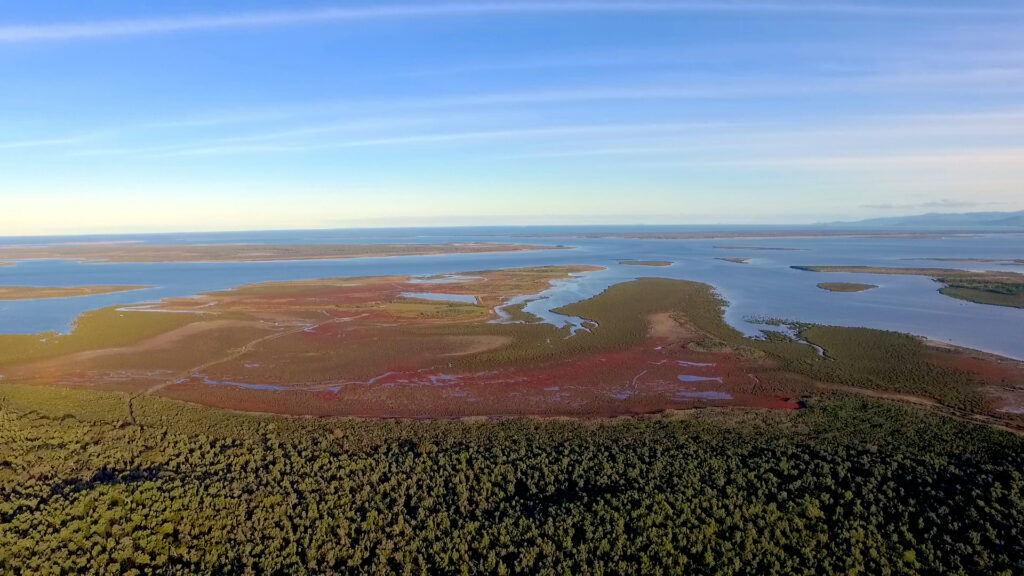
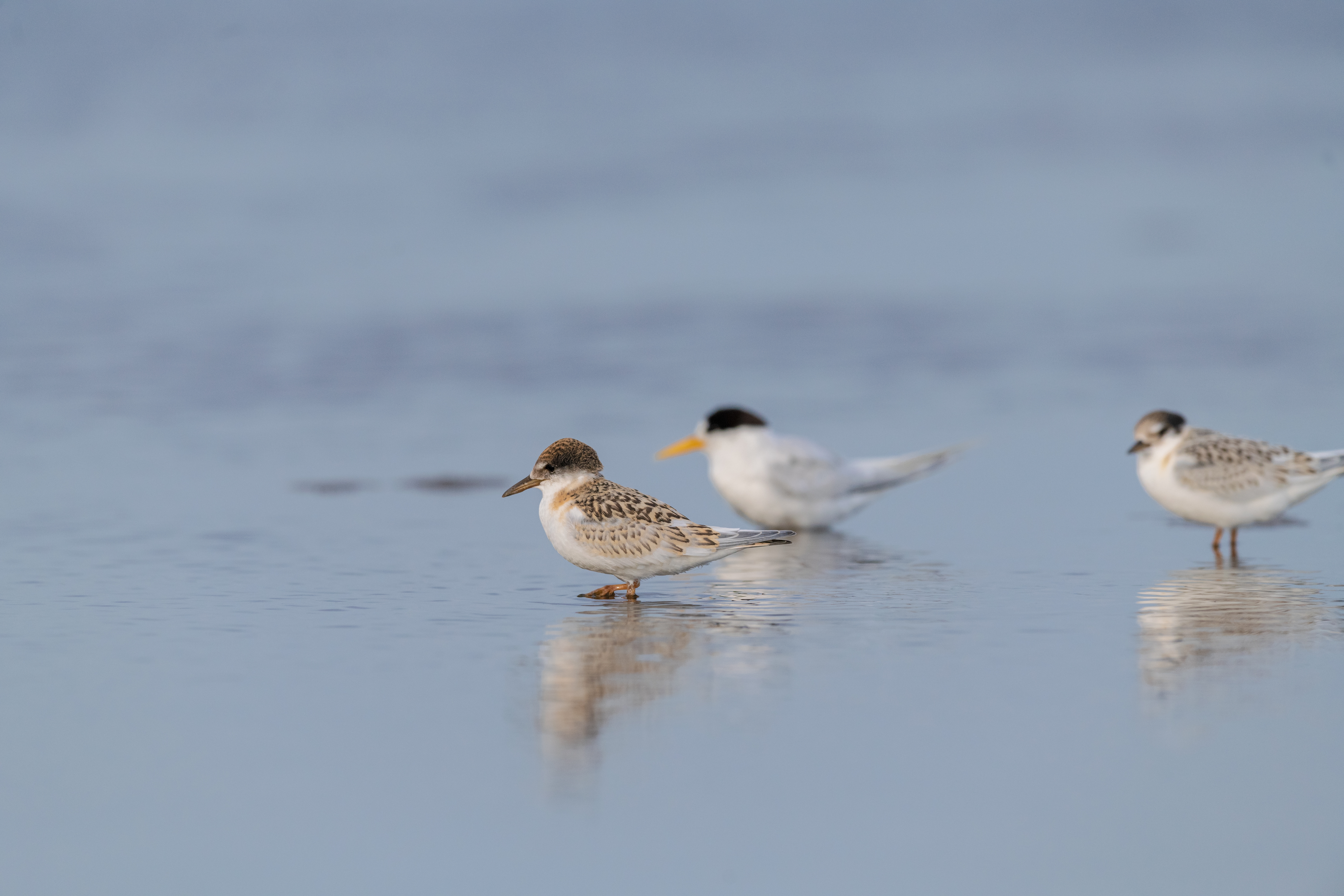
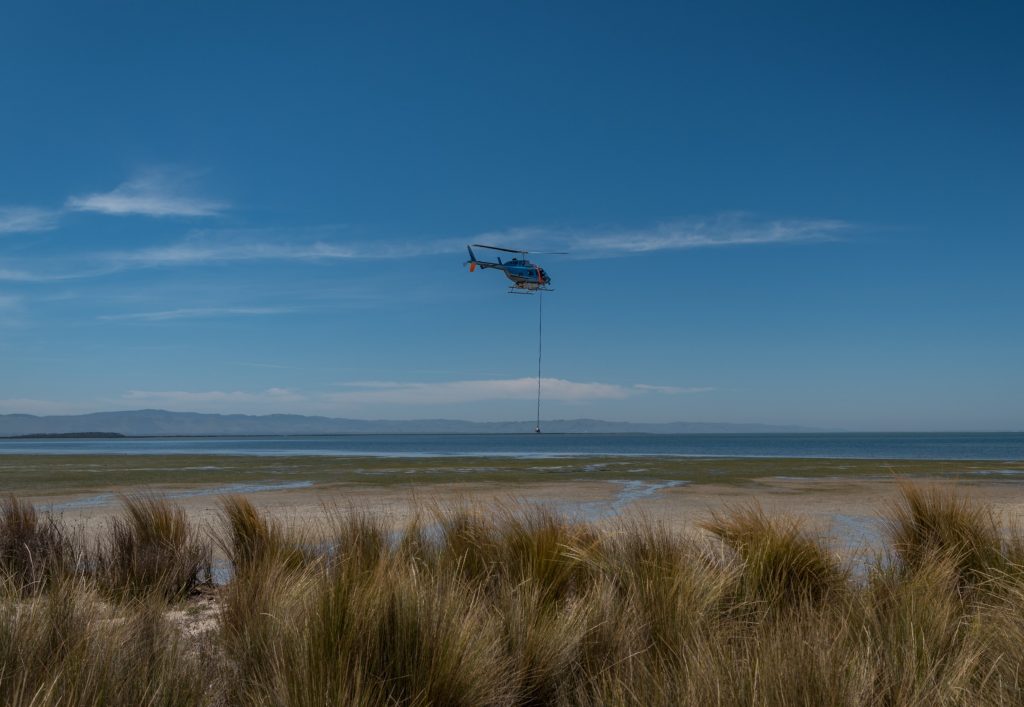
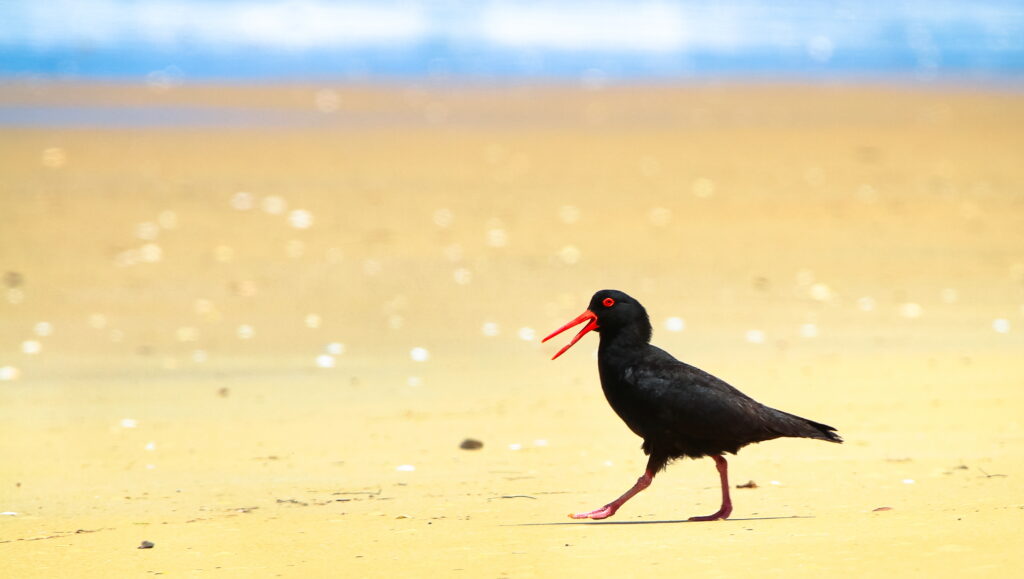
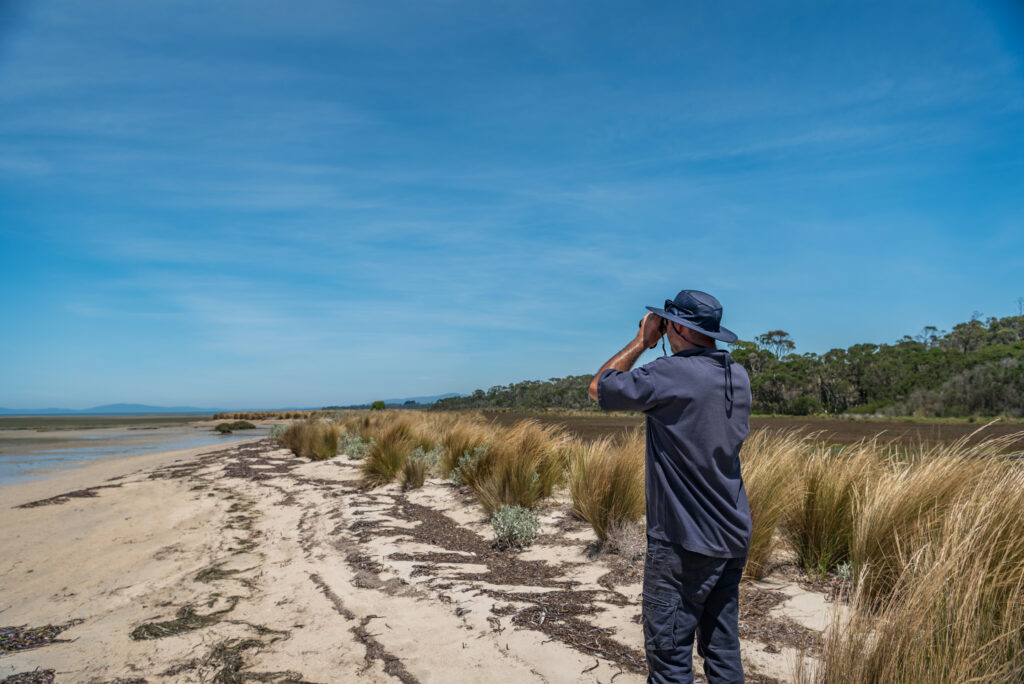
From Corner Inlet to Alaska in nine days: the amazing feats of migratory birds
A tiny bird the size and weight of a matchbox that flies thousands of kilometres from the Siberian tundra is one of the amazing stories of Corner Inlet’s migratory birds that West Gippsland Catchment Management Authority (CMA) is celebrating this World Migratory Bird Day.
Corner Inlet’s migratory birds are busy preparing for their annual long haul flight to summer breeding grounds in north-east Asia and Siberia. They are preening their feathers and feeding intensively to have enough fuel for the epic journey.
Migratory Bird Day is on Saturday 10 May. The theme of Shared Spaces aims to raise awareness of the many challenges migratory birds face and how crucial it is to work together as a community to provide safe havens for these remarkable world travellers.
“Communities working together to enhance and protect Corner Inlet Ramsar site and the migratory birds that call it home is something we have been doing for decades,” said Tanya Cowell, Waterways Project Officer for West Gippsland CMA.
“Our latest project focuses on monitoring and understanding the inlet’s migratory bird populations.”
Summer monitoring by BirdLife Australia staff and volunteers counted just over 27,000 shore and water birds including 9,631 Bar-tailed Godwits and 9,439 Red-necked Stints – two birds with incredible stories.
Red necked stints are the smallest of Australia’s migratory birds, weighing just 30 grams. Despite their size, their annual 15,000 kilometre migration is a mighty effort and in their lifetime of about 20 years they travel further than the distance between the Earth and the Moon!
Bar-tailed Godwits are also remarkable with godwits making their 11,000 kilometre journey to Alaska non-stop in nine days!
There are 16 species of international migratory shorebirds that are regularly supported by the Corner Inlet Ramsar site. Many travel to north east Asia and Alaska along what is known as the East Asian Australasian Flyway with habitat destruction being one of their biggest threats.
Corner Inlet became an internationally recognised wetland through the Ramsar convention in 1982. The inlet’s extensive intertidal mudflats provide food for migratory species.
“Rewards of a consistent and sustained effort to protect and enhance Corner Inlet by the CMA, Landcare, Greening Australia, GLaWAC Traditional Owners and partners Parks Victoria, Trust for Nature and BirdLife Australia are definitely paying off,” said Tanya.
“Ongoing monitoring is crucial to understanding the bird populations and threats they face. This can then guide effective management efforts and assist in community education and how special the inlet is and how lucky we are that these birds return each year.”
As a community it is important to recognise and celebrate these amazing birds and how we are working together to protect the incredibly unique habitat that supports these special species,” Tanya said.
“The Corner Inlet Ramsar Site Coordination project is supported by the Victorian Government.”
West Gippsland CMA is responsible for over 40,000 kilometres of designated waterways across the region and delivers programs for healthy and resilient catchments. All these waterways flow to the Victorian coast, discharging through the Gippsland Lakes, or directly into Bass Strait and the Southern Ocean.
Become a river lover
Find out more about the work we do and sign up to our e-news for updates.
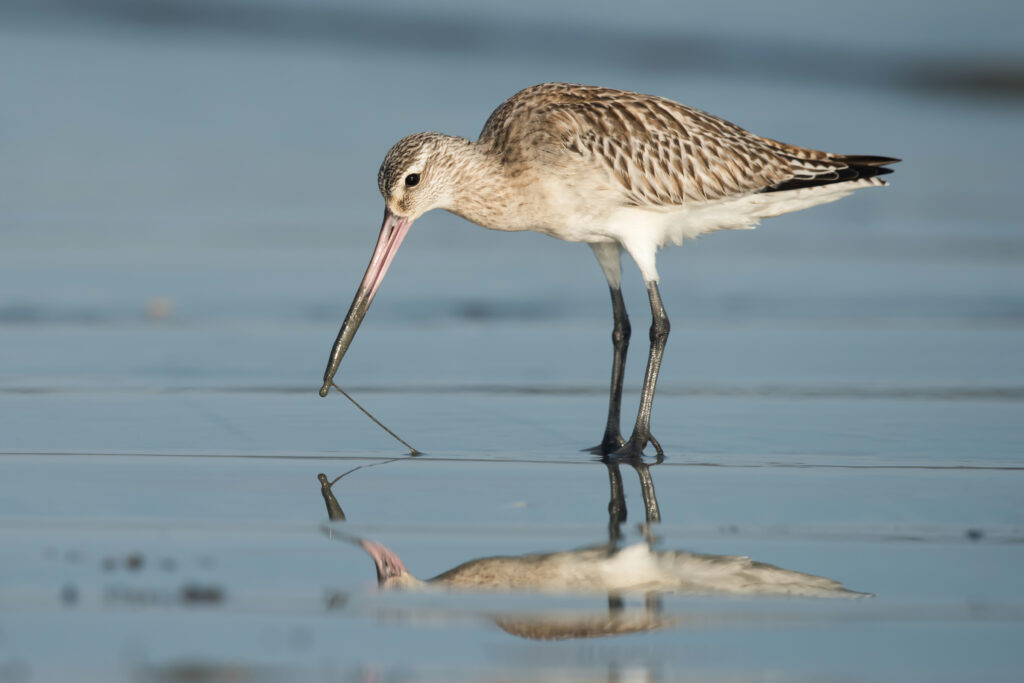
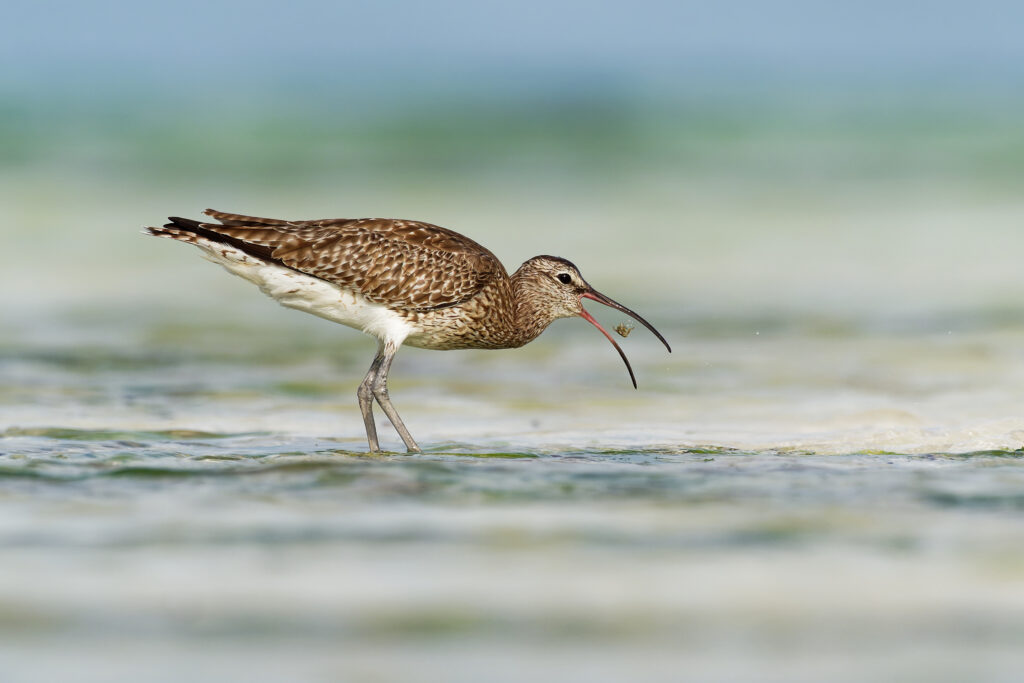
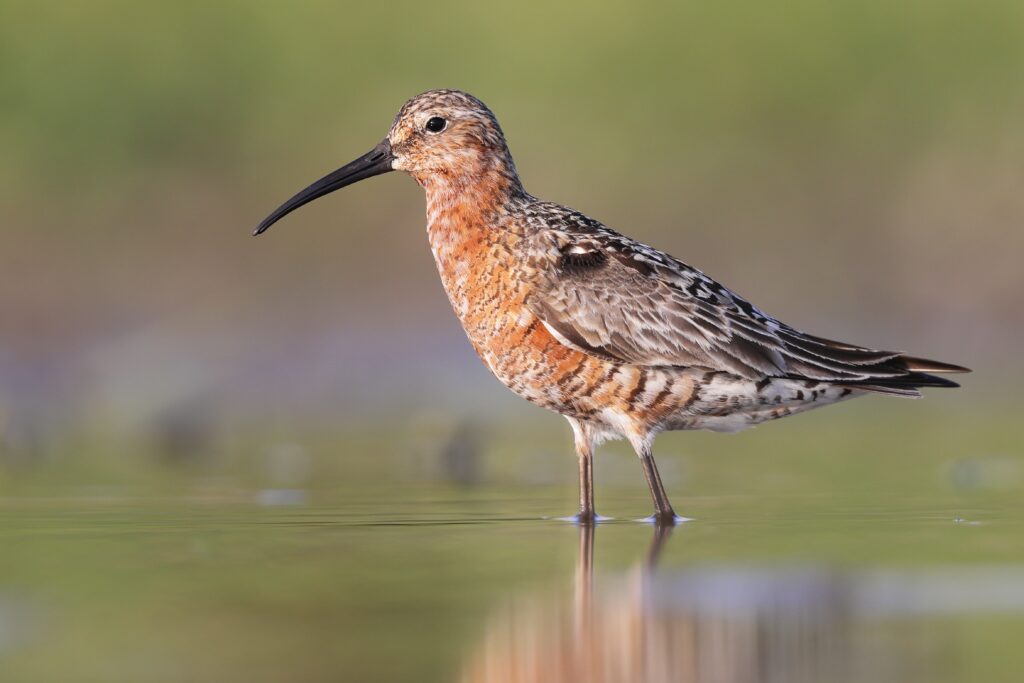
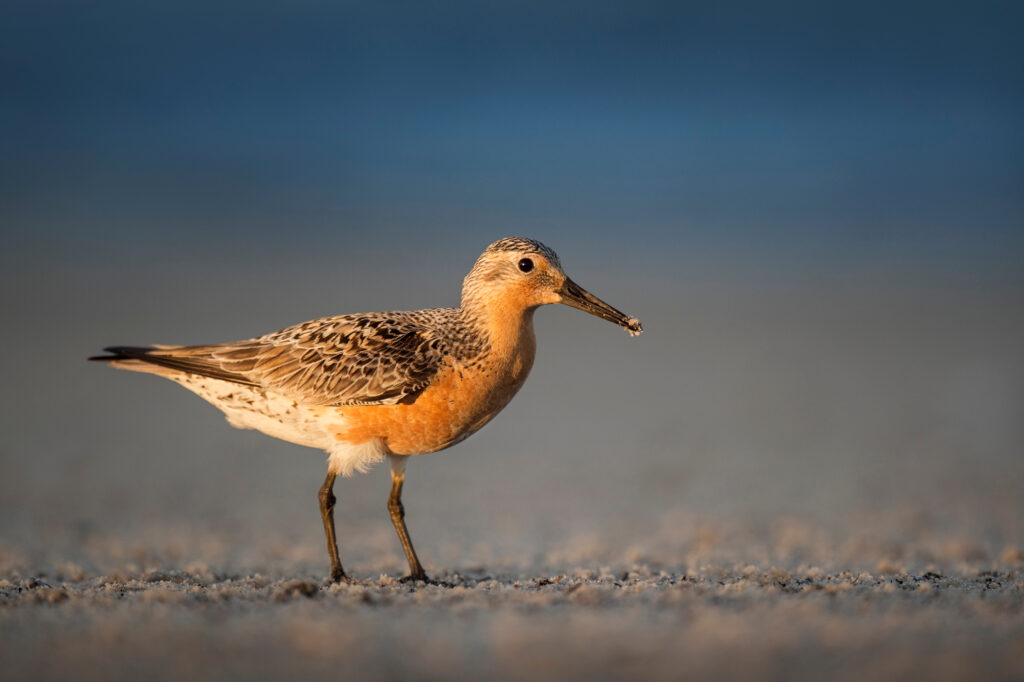
Celebrating Corner Inlet on World Wetlands Day
This World Wetlands Day, held on Sunday 2 February, West Gippsland Catchment Management Authority, (the CMA) is proud to celebrate the ongoing commitment to protecting world renowned Corner Inlet Ramsar wetland through its Corner Inlet Connections project.
Wetlands are among the world’s most productive environments and countless species of plants and animals depend on them for survival. This year’s theme is ‘wetlands for our common future – value, protect and inspire’.
“Every day is wetlands day in West Gippsland which is home to over 1,500 wetlands including 11 that are listed as nationally important under the Directory of Important Wetlands Australia,” said CEO of West Gippsland CMA Martin Fuller.
As well as having cultural significance, wetlands act as the ‘kidneys of the catchment’ – protecting the environment by capturing and filtering water and acting as a natural sponge to absorb, store and reduce flood levels. They provide essential habitat for wading and migratory birds, threatened species and it is a key function of the CMA to restore and protect wetlands across the region.
Corner Inlet Ramsar wetland is a recognised haven for migratory and resident shorebirds and made up of extensive seagrass meadows, and unique intertidal mudflats and forests of white mangrove (Avicennia marina) – the world’s most southerly distribution of this species.
The project aims to reduce key threats and protect and enhance the values of Corner Inlet wetland that is protected under the Convention on Wetlands declared in Ramsar, Iran in 1971.
Through this project, the CMA will work with Traditional Owners, partners, landholders and community to:
- Protect mudflat and saltmarsh communities through controlling the high treat weed Spartina
- Protect and enhance saltmarsh communities through stock exclusion fencing, weed control and weed monitoring
- Manage threats to shorebirds, like the Hooded Plover, through controlling pests.
In the first year of the five-year project, the CMA partnered with Parks Victoria, GLaWAC, Trust for Nature and BirdLife Australia to achieve positive results including treating spartina, controlling foxes to protect shorebirds, improving water quality, and safeguarding 136 hectares of saltmarsh including a 25 hectare Trust for Nature covenant protecting the area forever.
In total, weed control covered over the entire site of 67,000 hectares with 530 hectares of pest animal control and water monitoring will help measure results of the efforts across the broader catchment.
BirdLife Australia teams undertook seasonal shorebird counts and monitored the breeding success and health of key species of beach nesting birds such as Hooded Plovers, Pied Oystercatchers and Crested Caspian and Fairy terns.
“We are proud to be continuing the decades of work in Corner Inlet through understanding the threats we need to address to protect this significant wetland for our common future,” concluded Mr Fuller.
This project is funded by the Australian Government Natural Heritage Trust and delivered by West Gippsland CMA, a member of the Commonwealth Regional Delivery Partners panel.
West Gippsland CMA is responsible for over 40,000 kilometres of designated waterways across the region and delivers programs for healthy and resilient catchments. All these waterways flow to the Victorian coast, discharging through the Gippsland Lakes, or directly into Bass Strait and the Southern Ocean.
